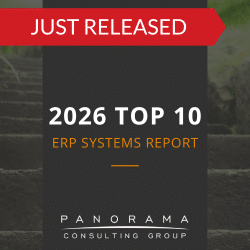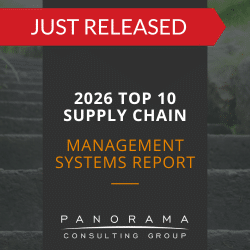In 2012, it’s not really even up for debate anymore that a significant fiscal issue and challenge facing today’s generation of citizens is the inability at all levels of government to operate efficiently. It doesn’t matter which side of the aisle you sit on politically, the inconvenient truth of the matter is that this inefficiency and rigid organizational structure has put cities, counties, states, agencies and federal entities in a position where they have a hard time reacting to changes in economic conditions. As a result, public balance sheets continue to bleed.
What contributes to this inefficiency? Why does the public sector seem to have a hard time managing the choking hold of bureaucracy? One argument is that they aren’t using enterprise software solutions to their best potential. Among other things these organizations have challenges managing work flow, cost controls, HR, purchasing and procurement, partners and suppliers not to mention the fiscal accountability concerns given the assortment of government outlays. At the same time, they are trying to efficiently deliver guidelines, statistics and financial data to the public in a way that justifies the return on tax dollars for their programs. All of these requirements can be managed through a robust ERP system.
Something I can tell you, without blinking, from my experience as a consultant, who has worked with cities, counties, states and federal agencies on eliminating inefficiencies, is that one of the primary Achilles’ heals of governmental organizations in managing all of the above listed challenges is the use of fragmented and independent technology solutions. Something that I have found is that different divisions and departments operated and continue to operate in silos and over the years and decades have created and maintained their own solution which makes it extremely difficult to streamline operations and drive efficiency which is critical to being able to react to changing economic conditions.
From an operational viewpoint, the best way to reduce bureaucracy, inefficient processes, and to create cost savings within governmental organizations is to embark upon a large scale systems integration initiative. ERP software is the only type of current software that has the ability to perform these functions.
According to a KPMG study of a number of governmental organizations, a properly implemented government ERP system can yield tremendous rewards. It has the potential to deliver significant cost savings, boost productivity and position an organization to build on initial efficiency gains. These are just the things public sector entities are rightly under pressure from tax payers to deliver given huge budget shortfalls.
If you are a concerned taxpayer and want to address the fiscal challenges within the government that is designed to serve you, I challenge you not only to understand what plans your political leadership has to improve their organization through ERP solutions but also to challenge them on what they are doing.
Written by Jason Henritze-Hoye, Senior ERP Consultant at Panorama Consulting Solutions.













